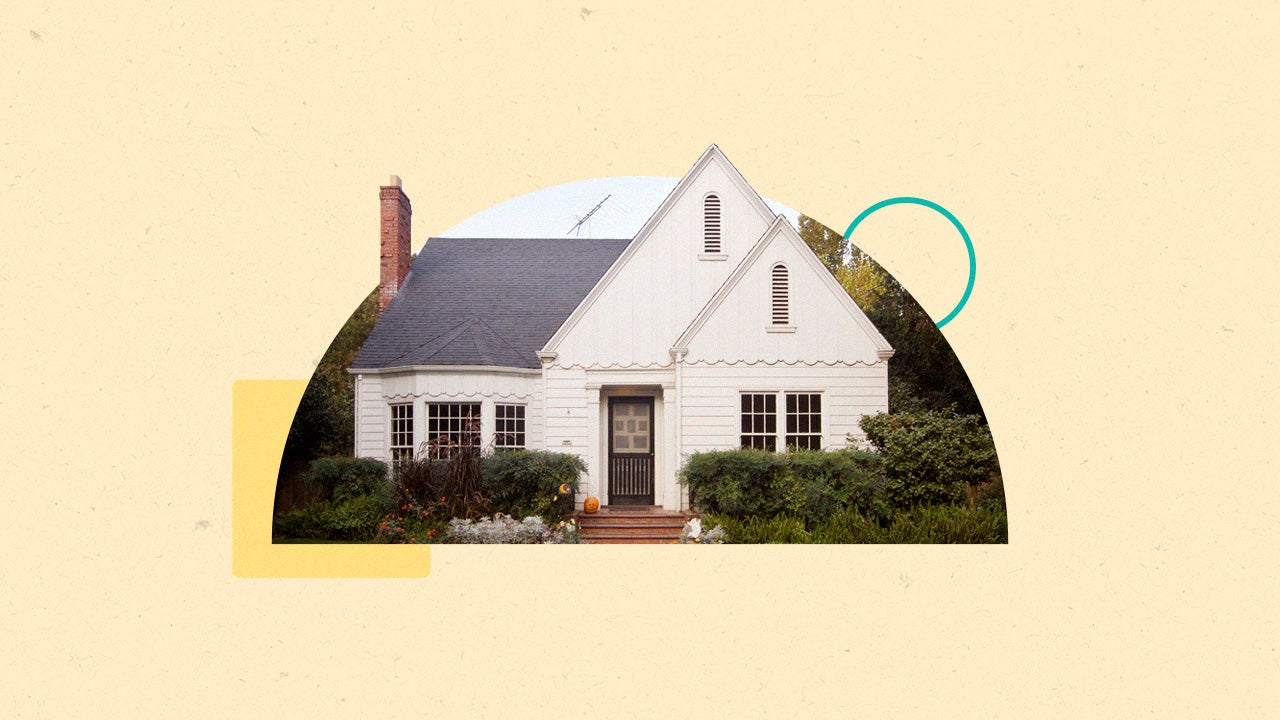Average vs. median home price: What’s the difference?

Whether you’re selling a house or buying one, you’re likely looking for an idea of the price tags on other properties. Looking at all that data can be confusing, especially distinguishing between two similar-sounding numbers: median home price and average home price.
Median vs. average home price
You might remember the terms “median” and “average” from math class. The median refers to the number that sits right in the middle of a set of data. Let’s say that 11 houses sold in an area last month. The median value is the middle number that sits between the lowest and highest values. Here’s a look at how it could break down:
- Property 1: $155,000
- Property 2: $178,500
- Property 3: $212,000
- Property 4: $214,000
- Property 5: $221,000
- Property 6: $231,000
- Property 7: $247,000
- Property 8: $283,000
- Property 9: $475,000
- Property 10: $900,700
- Property 11: $3,200,000
The median from that set of sales is $231,000, which indicates that half the values are higher and half are lower.
To calculate the average from this set of sales, we’ll now add up all the values for a total of $6,317,200 and divide by 11. The answer: $574,290.
Why is the average so much higher? The three values at the higher end of the spectrum play an outsized role in the calculation. This data might include two starter single-family homes (Properties 1 and 2, say), six comparable, modest single-family homes (Properties 3 through 8), two large upscale homes with more land (Properties 9 and 10) and one massive mansion (Property 11).
Median vs. mean
If you hear someone discuss the mean price, they’re referring to the average — mean and average are the same. They come from adding up each number in a set and dividing the total by how many numbers are in the set. So, the median price represents the middle of all home sale prices in a given time period, while the mean represents the average of those transactions.
Which is better in real estate?
“We should always evaluate both the median and average prices,” says Lisa Harris, associate at RE/MAX Center in Braselton, Georgia. “I have an engineering background, so I will typically give more weight to median numbers since the highest and lowest numbers can definitely skew the data. Most of our MLS reports will calculate both, so it’s always easily illustrated for our clients.”
Many real estate agents put more emphasis on the median. For example, if you’re a first-time homebuyer who can spend no more than $300,000 on a property, an average that includes a few multimillion-dollar sales might scare you away from thinking about making a purchase. On the other hand, the median can make you feel more comfortable. For example, if you see a median of $350,000, you’ll know that half the sales were less than $350,000. That information might help you feel more confident you can find a home in your price range.
How to find median and average home prices in your area
The best way to find median and average home prices in a selected market is to ask the experts.
“I always walk my buyers and sellers through both [numbers] since it is extremely important to educate my clients on the market trends from the beginning of the process,” says Harris.
If you’re doing your own research, the National Association of Realtors tracks median home sale price data nationally and at various other market levels. The Commerce Department also monitors median and average new-home sale prices. You can use both of these resources to help get a ballpark sense of prices in your market.






